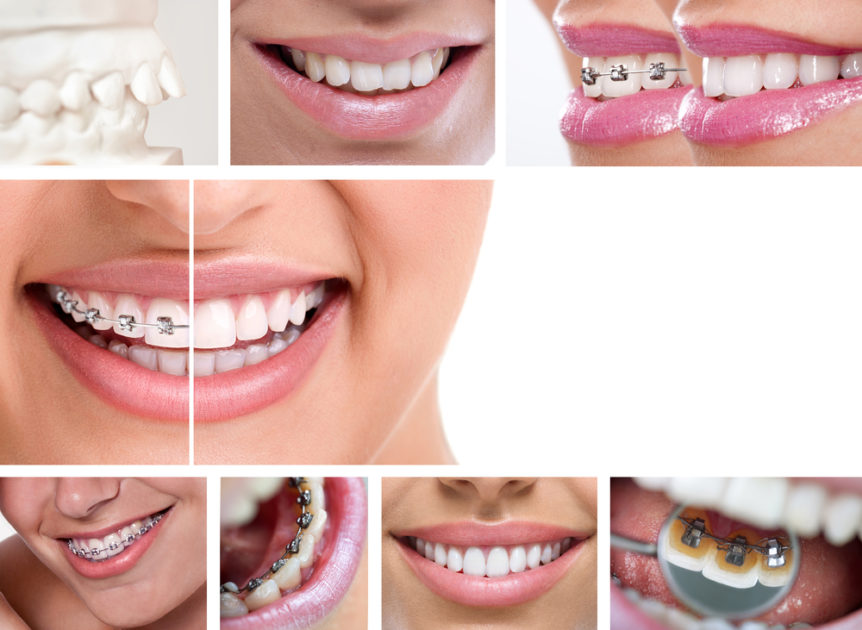Whilst many believe getting orthodontic treatment for your teeth is mainly about improving your smile, there are many things to consider. The treatment itself may require you to wear braces or some other devices, which makes some people not overly excited about it. But you choices, not least of which is the choice between fixed and removable orthodontic devices.
Since our inception, Happy Teeth has been advising our patients on the best options, and helping them to decide whether to get fixed orthodontic devices, like traditional braces, or the removable options that can be taken out and put in.
But what exactly are the options to consider? And what are the differences between the fixed and removable orthodontic choices out there? Here is our quick brief on the pros and cons of each type, which can help to fill you in:
Fixed Orthodontics
For most dental patients, the prospect of having braces fixed to their teeth is not a welcome one. But depending on the work that needs to be done on them, such fixed orthodontic appliances could be necessary.
The good news is that research confirms that fixed appliances produce the best long-term results when treating cross bite. A 2011 study by Sofia Petren, of the Department of Orthodontics at Malmo University, Sweden, compared fixed braces with a removable orthodontic appliance (expansion plate), composite construction on the molars of the lower jaw, and no action, with the fixed appliance coming out best.
Traditionally, the system works like this:
- Brackets are fitted to each tooth
- A wire is threaded through each, secured by bands
- Tension pulls the teeth into line
- At each visit, the wire is shortened
There are alternatives to the traditional metal wire brace, and while still not removable, orthodontic developments have improved braces visually as well as practically. These include:
- Ceramic appliances – the brackets are made from ceramic material that matches the colour of teeth enamel, while the wires can also complement the teeth. It’s a more visually pleasing fixed orthodontic appliance but is just as effective as the traditional option. But they are harder so are not recommended on lower teeth of patients with a deep bite.
- Self-Ligating appliances – these have a clip mechanism on each bracket, so the small elastic bands are not needed. Wire-changes are faster with this option, but the overall performance is no different.
- Lingual appliances – these are braces that are attached to the inside of the teeth, so they cannot be seen at all. Aesthetically, they are the best option – even over removable orthodontic devices. Unfortunately, they also take longer to be applied (so cost more), and it can impede speech by causing a lisp and can cause soreness to the tongue. But, crucially, they are also very effective.
Removable Orthodontics
The biggest advantage with this form of orthodontic appliance is in its name, but this can be a negative compared to fixed orthodontics. Having the freedom to remove the appliance whenever desired can impede progress. Some appliances need to be worn just at bedtime, others need to be used at least 20 hours a day. We will inform you how long your appliance needs to be worn each day.
Removable orthodontic appliances are commonly used when a patient has a classic V-shaped dental arch. The braces are custom made to fit the patient’s particular arch and consist of an acrylic plate with clasps and springs and when necessary, bite planes. These clasps and springs are regularly adjusted to push the teeth into a U-shaped arch.
Other advantages over fixed orthodontics include better oral hygiene since it is easier to clean thoroughly and a greater general comfort when worn.
At Happy Teeth, we spend time discussing the important factors when deciding between the range of fixed and removable orthodontic options. Our reputation as one of Sydney’s best orthodontic practices is built on our openness and clarity. Contact us and we’ll be happy to detail the pros and cons of the different dental applications to choose from.

